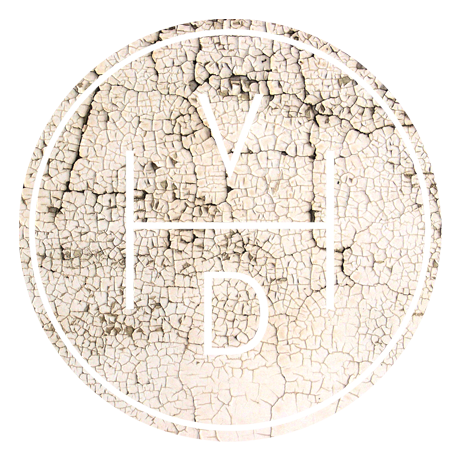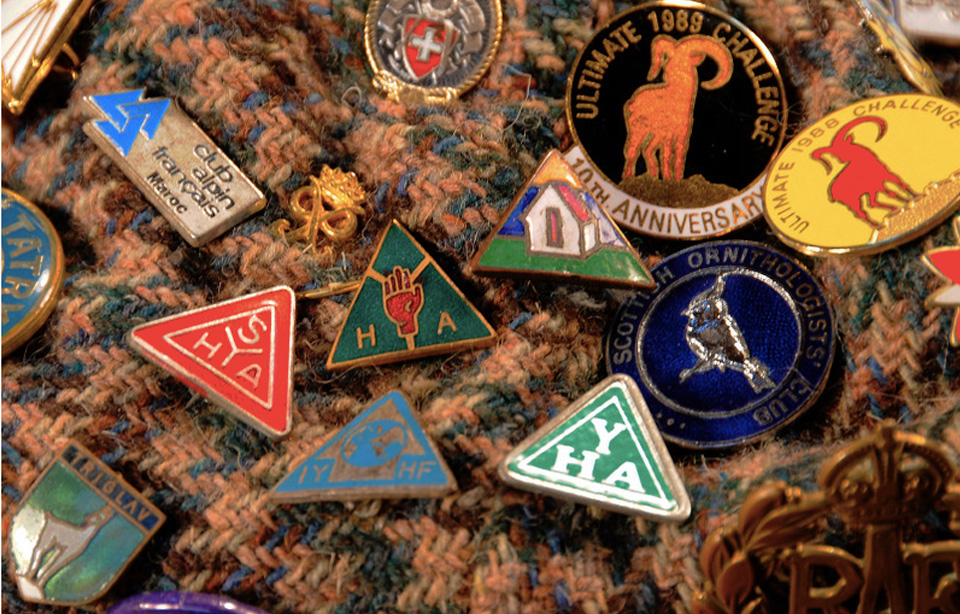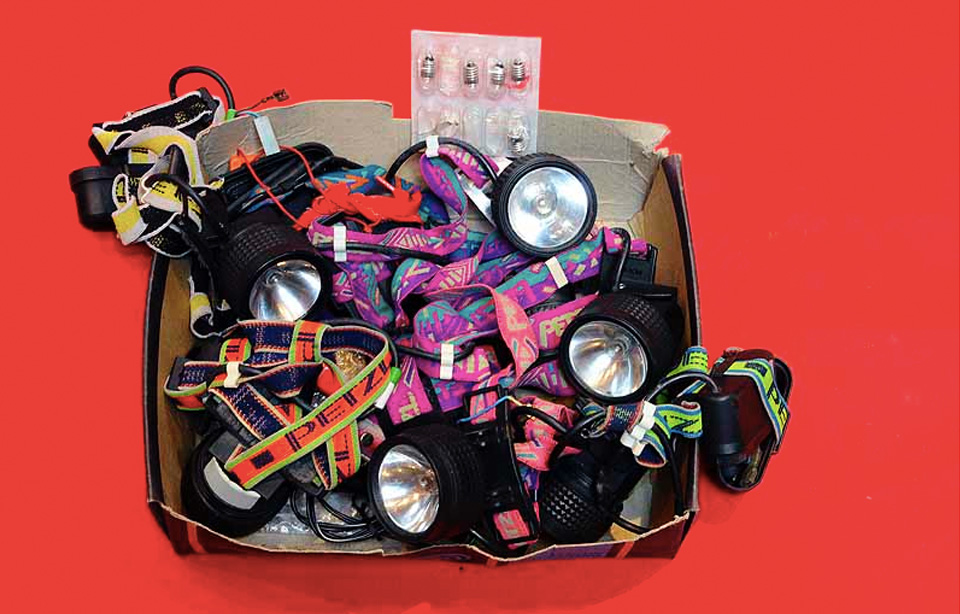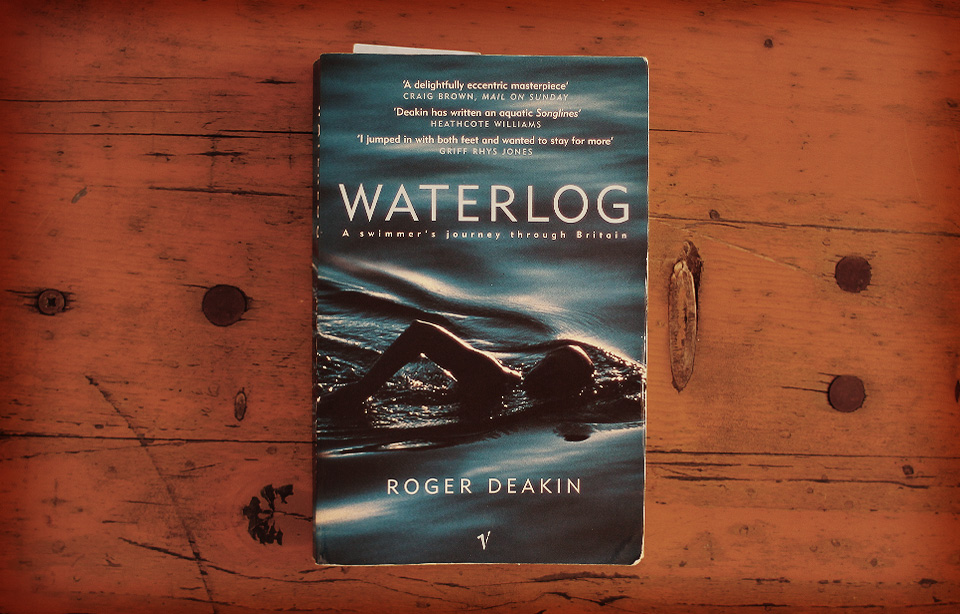Everyone please form an orderly queue and proceed immediately to the Scottish Heritage Collection website. Since 2006 The Scottish Heritage Collection has been archiving and cataloguing an ever growing collection of vintage mountaineering gear and memorabilia.
The charity was created by The Nevis Partnership - an amalgam of Ben Nevis friends and supporters. They received sponsorship from the Heritage Lottery fund and now use the money to maintain the Ben Nevis path system and the Mountain Heritage Collection.
The collection boasts some fascinating pieces, everything from RAF Mountain Rescue boots to Burmos Stoves, from the original sketches for Davie Glen's badges to Arctic Survival Manuals each with their own tale and legacy, it is well worth an afternoon exploring and a lifetime following.
A huge thank you to legendary guide Mick Tighe who has has been heavily involved in the collection, donating most of his own pieces as its backbone, he was kind enough to allow me to post pictures and share the good stuff that they are doing.
Al the images here are copyright of the Scottish Mountain Heritage Collection, please respect their ownership and ask permission if you would like to use them.

































